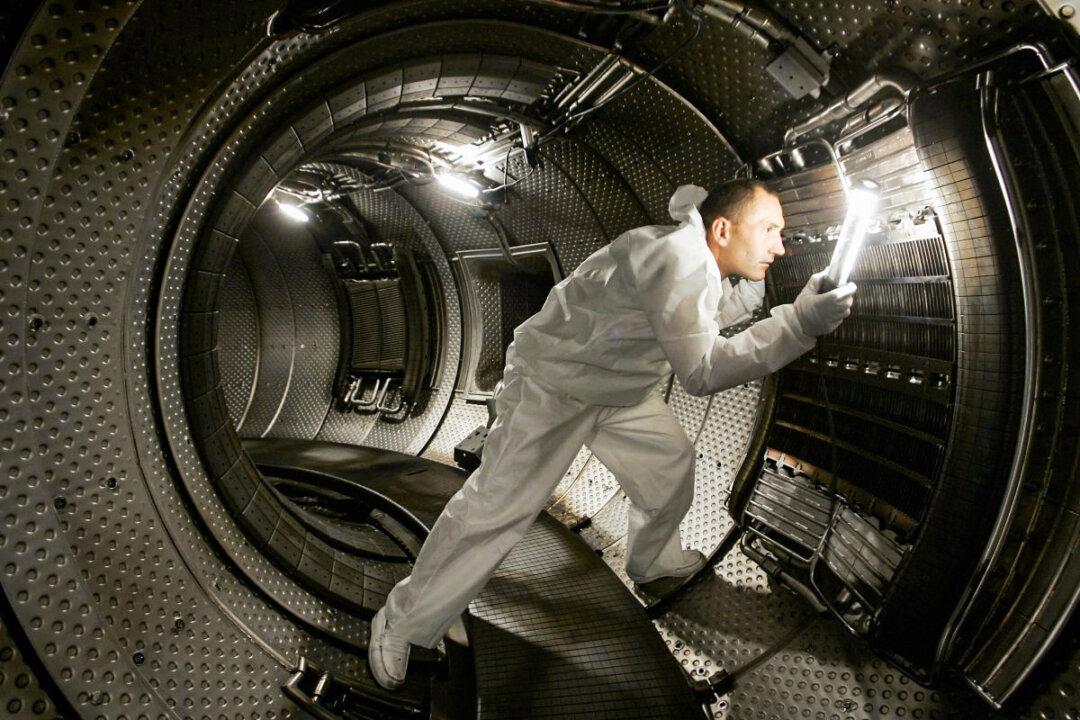DeepMind, the UK-based subsidiary of Alphabet, Google’s parent company, has taught artificial intelligence how to control a nuclear fusion reactor.

A technician checks a plasma heating system inside a chamber of a nuclear reactor in this file photo in Cadarache, France, on July 28, 2004. Typical fusion experiments involve a tokamak reactor, but the National Ignition Facility's method of using powerful lasers has successfully produced clean nuclear energy. Boris Horvat/AFP/Getty Images
|Updated:




